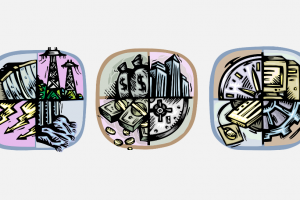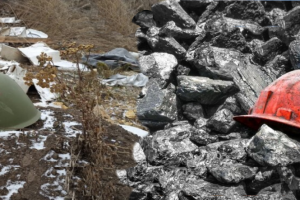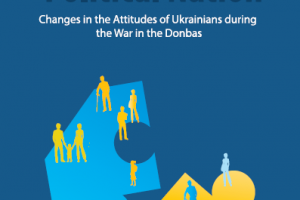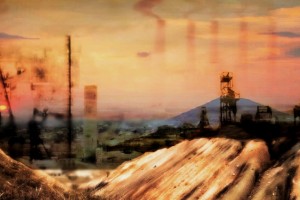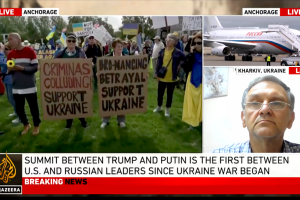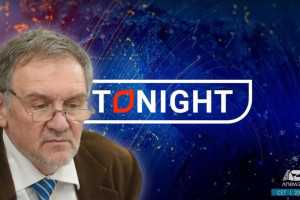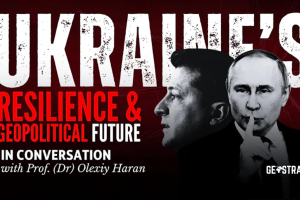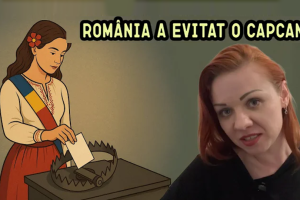After year of conflict, Ukrainians believe they’re fighting for survival
Mykola Tokar stood at attention in his camouflaged fatigues at a news conference while a video recorded a year ago played of him standing at a podium that’s marked, then as now, with the words “Ukrainian Crisis.”

Independence Square, or Maidan, in Kiev, Ukraine, seen Tuesday, Feb. 24, 2015, one year after the protests brought about a change of government and triggered a conflict with Russia. | Claudia Himmelreich McClatchy
Mykola Tokar stood at attention in his camouflaged fatigues at a news conference while a video recorded a year ago played of him standing at a podium that’s marked, then as now, with the words “Ukrainian Crisis.”
In the video, he can be seen in the casual uniform of those who’d volunteered to defend protesters on Independence Square in the wake of three days of intense violence. Back then, he spoke of the deaths of 100 anti-regime activists in violence over three days that began Feb. 18, 2014, and the importance of making sure they didn’t die in vain. In the video, he is proud, convinced that the actions of the protesters and his own will make a difference, make his nation a better place.
But today, as the video ended, he stepped forward in his new camouflaged fatigues, the uniform of his battalion of fighters in the Anti-Terrorist Operation, as the battle against Russian separatists and Russian troops in southeastern Ukraine is called. He spoke on one of the few days in recent months that none of his fellow soldiers had died. Overall, it’s estimated that almost 6,000 have been killed.
Unlike the hopeful man in the video, Tokar was subdued.
“In Ukraine, we are at war, and things became more difficult,” he said to a small gathering of mostly Ukrainian news media. “Many things that mattered never came true.”
It’s been a year now since the beginning of an undeclared but de facto war with Russia, and Ukraine truly remains in crisis. Crimea is in Russian hands. The Donbas region, in the country’s southeast, remains a bloody battlefield. State-run museums encourage shoppers to buy sets of fatigues, boots and sleeping bags to send to fighters – instead of purchasing trinkets from the gift shop. In recent weeks, the currency has been devalued by a factor of almost four.
.png) Iryna Bekeshkina, director of the Ilko Kucheriv Democratic Initiatives Foundation, which surveys the mood of Ukrainians, said that even as late as December, Ukrainians remained hopeful for the future. But she said the steady beat of bad news, on both the war and economic fronts, had dampened that.
Iryna Bekeshkina, director of the Ilko Kucheriv Democratic Initiatives Foundation, which surveys the mood of Ukrainians, said that even as late as December, Ukrainians remained hopeful for the future. But she said the steady beat of bad news, on both the war and economic fronts, had dampened that.
“How can we continue to live like this?” she asked. “Our circumstances change day by day, and always for the worse. Pessimism is growing.”
The war is the ultimate source of problems. It’s a war for which, according to an article published this week by the Russian newspaper Novaya Gazeta, Russian officials began planning when it became clear that the corrupt and Russia-friendly regime of Ukrainian President Viktor Yanukovych was crumbling. The article noted that the Russian plans for destabilizing Ukraine were drafted between Feb. 4 and Feb. 15, 2014, with an ultimate aim of splitting Ukraine into various autonomous parts. Yanukovych fled Feb. 22.
The newspaper reported that the plan was for immediately attaching the now war-torn southeastern Ukraine to Moscow’s trade zone, with a longer-term plan for direct sovereignty and annexation. The paper noted the plans call for a “PR strategy . . . to create a pro-Russian drift.”
Russian President Vladimir Putin’s press spokesman called the report “unfounded.” “Even if this document exists, it has nothing to do with Putin’s plans,” he said.
Still, it’s a war for Ukraine that’s been little more than a long string of defeats. The first loss came about after Russian troops, against their treaty with Ukraine, left their Crimean bases on Feb. 27, 2014, and seized control of the Black Sea peninsula. That move ended with what Ukraine and most Western nations describe as an illegal and questionable referendum that Russia used in March as justification for annexing the region. But if that defeat was relatively bloodless, few have been since.
The losses include the bloody and destructive battle for Donetsk airport, gleaming new before the war but in ruins by the end of fighting there in January, and what’s now being called a devastating defeat in mid-February at Debaltseve, the result of a Russian-backed offensive launched after a Russian-brokered cease-fire.
Air Force Gen. Philip Breedlove, NATO supreme allied commander Europe and the head of U.S. European Command, this week became the latest in a long line of military experts who’ve studied the fighting to note that the evidence makes it quite clear that Ukraine is facing Russia, not an independent band of rebels, in this fight.
Breedlove cited “very clear evidence and proof that Russia fired artillery over its border into eastern Ukraine during the initial stages of the conflict, and has transferred more than 1,000 pieces of Russian military equipment into Ukraine, including tanks, armored personnel carriers, heavy artillery pieces and other military vehicles. These have been used on the front lines against Ukrainian forces.”
Oleh Rybachuk, secretary of state and head of the Presidential Secretariat for former Ukrainian President Viktor Yushchenko, who was considered Western-friendly, said the past year of challenges had already changed the country in some ways. Volunteering – sneered at before, when “volunteers” were typically paid operatives of a political faction – is now common. Even the military is primarily made up of volunteer forces.
“People today are willing to fight and die for their country,” he said. “This is new.”
If Ukraine is to survive this crisis, that attitude won’t stay new for long, though.
Stanislav Kulchytsky, the head of the department of Ukrainian history at the country’s National Academy of Sciences, said that since last spring – when Putin and Russian operatives started using terms such as “Novorossiya,” New Russia, a creation of 18th-century Russian Empress Catherine the Great, to refer to Crimea and eastern to southern Ukraine, and calling Kiev “the mother of all Russian cities” – it had been very clear to Ukrainians that this struggle was about more than a few regions.
Kulchytsky said Putin appeared to have cobbled together the Soviet and czarist attitudes toward Ukraine, a mixture that claims 1,000 years of shared history.
As such, he said, there’s little hope for peace through diplomacy. Russia, he said, clearly believes it’s destined to control Ukraine.
It’s no accident, he noted, that the two cease-fires agreed to since last summer have been short-lived. Both agreements were made in Minsk, in the bordering country of Belarus, and were forged with Russia at the table. The agreements are commonly referred to as Minsk 1 and Minsk 2. Fighters armed, trained and paid by Russia quickly violated each.
“Please understand that Ukraine is not Georgia,” he explained, noting the quick Russian campaign against that country in 2008. “That was an experiment. From Ukraine, Putin wants three things. He wants the territory. He wants the people. And he wants the history. Ukrainians understand that unless he is stopped, he will continue until he has all three.”
Email: mschofield@mcclatchydc.com; Twitter: @mattschodcnews.
Key dates in the last year
Feb. 18-20, 2014 – Ukrainian security forces clash with demonstrators in Independence Square in Kiev, killing scores.
Feb. 21, 2014 – President Viktor Yanukovych signs a deal calling for new elections.
Feb. 22, 2014 – Yanukovych disappears, guards withdraw from government buildings, protesters take control of presidential buildings.
Feb. 27, 2014 – Russian troops begin to take up positions in Crimea.
March 16, 2014 – A referendum is held in Crimea on proposed annexation to Russia. Pro-Russia forces declare that 97 percent voted in favor.
March 18, 2014 – Russian President Vladimir Putin signs an edict to annex Crimea.
April 7, 2014 – Protesters seize buildings in Donetsk, Luhansk and Kharkiv, demanding a referendum on autonomy.
April 15, 2014 – Kiev government announces its anti-terrorist operation to rid eastern Ukraine of pro-Russia rebels.
May 11, 2014 – Pro-Russia separatists declare independence in Donetsk and Luhansk.
May 25, 2014 – Petro Poroshenko is elected president.
July 17, 2014 – A Malaysian airliner is downed by an anti-aircraft missile over eastern Ukraine.
Sept. 5, 2014 – The first peace agreement is signed in Minsk, Belarus.
Nov. 12, 2014 – NATO’s commander says Russian tanks and equipment have been seen entering Ukraine. Fighting rages for weeks.
Jan. 17, 2015 – Pro-Russia forces shell Donetsk airport. Fighting continues throughout eastern Ukraine.
Feb. 12, 2015 – A new agreement to halt the fighting is signed at Minsk. It is called Minsk II.

